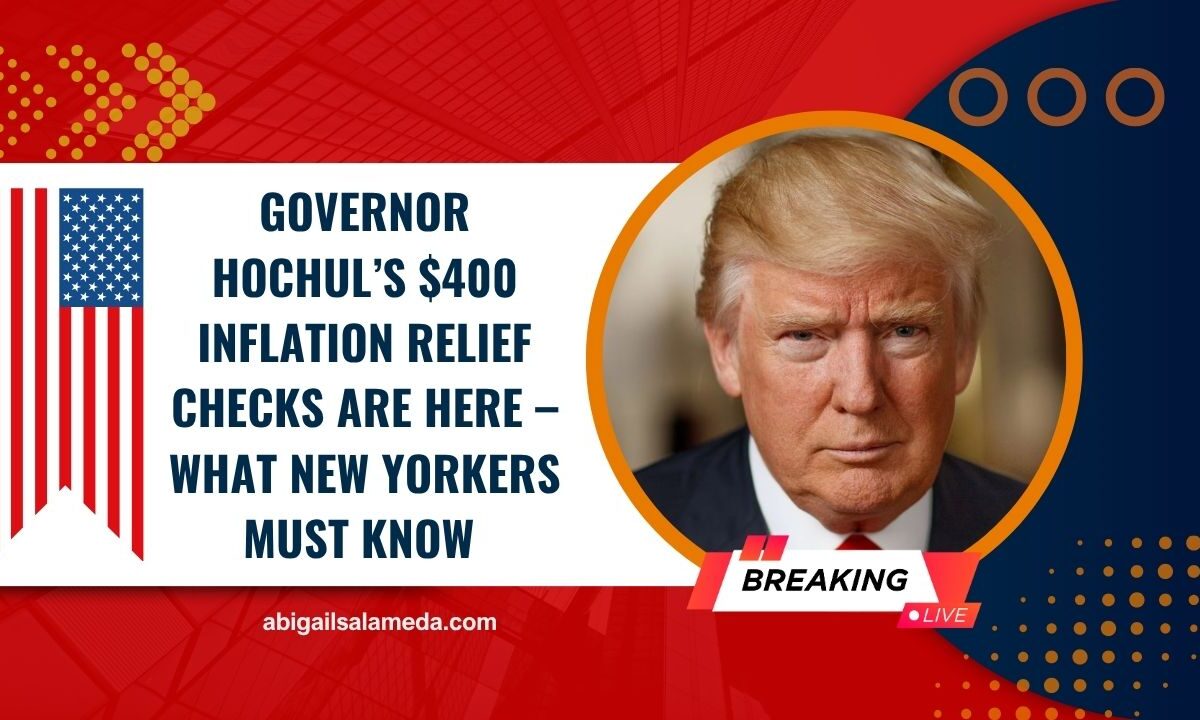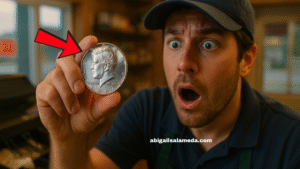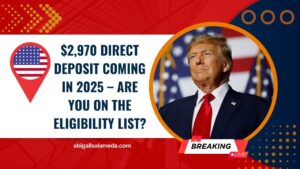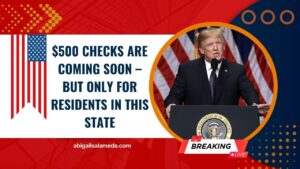As inflation continues to put pressure on household budgets, New York State is offering direct financial assistance through Governor Kathy Hochul’s $400 Relief Plan.
Announced as part of the Fiscal Year 2026 State Budget, this one-time payment aims to assist over 8.2 million low- and middle-income households with rising living costs.
These automatic rebate checks will be issued based on 2025 New York State tax returns, with no application required from eligible residents.
What Is the New York Inflation Rebate?
The New York Inflation Rebate is a one-time tax refund, not a stimulus check. It is intended to return excess state revenue to qualifying taxpayers and provide immediate financial relief for:
- Groceries and food
- Rent and housing
- Utility bills
- Transportation and gas
The program helps struggling households cover necessities during an era of high inflation, especially in urban centers like New York City, Buffalo, and Rochester.
Eligibility Requirements for the $400 Rebate
Eligibility for the inflation rebate is determined using your 2025 IT-201 state tax return. The Department of Taxation and Finance will automatically evaluate qualifications. Here’s what you need to qualify:
| Requirement | Description |
|---|---|
| Filed a 2025 NYS tax return | Must have submitted the IT-201 form for the 2025 tax year |
| Residency and citizenship | Must be a U.S. citizen residing in New York most of the year |
| Independent filer | Cannot be listed as a dependent on someone else’s return |
| Income within set thresholds | Lower and middle-income households are prioritized |
No additional forms or paperwork are required if these conditions are met.
Estimated Rebate Amounts by Income Bracket
Though final income limits will be confirmed post-processing of tax returns, projected rebate amounts are as follows:
| Filing Status | Income Range | Estimated Rebate |
|---|---|---|
| Single | Under $50,000 | Up to $500 |
| Head of Household | Under $75,000 | Up to $750 |
| Married Filing Jointly | Under $100,000 | Up to $1,000 |
| All Other Filers | Over $100,000 | Phased down |
Note: Final figures may vary once state guidelines are finalized.
Payment Timeline and Delivery
Checks will be mailed between August and October 2025. These payments will be sent to the mailing address listed on your 2025 tax return.
To ensure prompt delivery:
- File your 2025 tax return on time
- Verify your mailing address
- Update your records if you move before Fall 2025
- Ensure you’re not claimed as a dependent
- Review your return for errors
If you do not receive your check by October 31, 2025, contact the New York State Tax Department to inquire.
Why This Relief Matters Now
This payment comes at a time when grocery prices, rent, and utilities remain elevated. For many households, the rebate can:
- Offset school supply costs
- Pay overdue bills
- Rebuild emergency savings
- Support everyday essentials
It provides financial breathing room for working families trying to stay afloat.
Other Benefits in the FY 2026 Budget
The $400 rebate is part of a broader economic relief strategy that includes:
- Housing assistance subsidies
- Utility bill relief
- Property tax credits
- School support vouchers
These programs aim to provide sustained support to New Yorkers beyond the one-time rebate.
The $400 relief check from Governor Hochul’s administration offers a timely cushion for those hit hardest by inflation.
If you’re a qualifying resident, your check will arrive automatically between August and October 2025—no forms, no hassle.
Just ensure your 2025 tax return is submitted accurately and on time, and that your mailing address is current. This proactive step ensures you receive the support you’re entitled to during this critical time.
FAQs
Do I need to apply for the $400 relief check?
No, applications are not required. The payment is issued automatically based on your 2025 NYS tax return.
What if I moved after filing my tax return?
You must update your address with the New York State Department of Taxation and Finance to avoid delivery delays.
Will everyone in New York receive the payment?
No, only eligible low- and middle-income households who meet the outlined criteria will receive the rebate.




